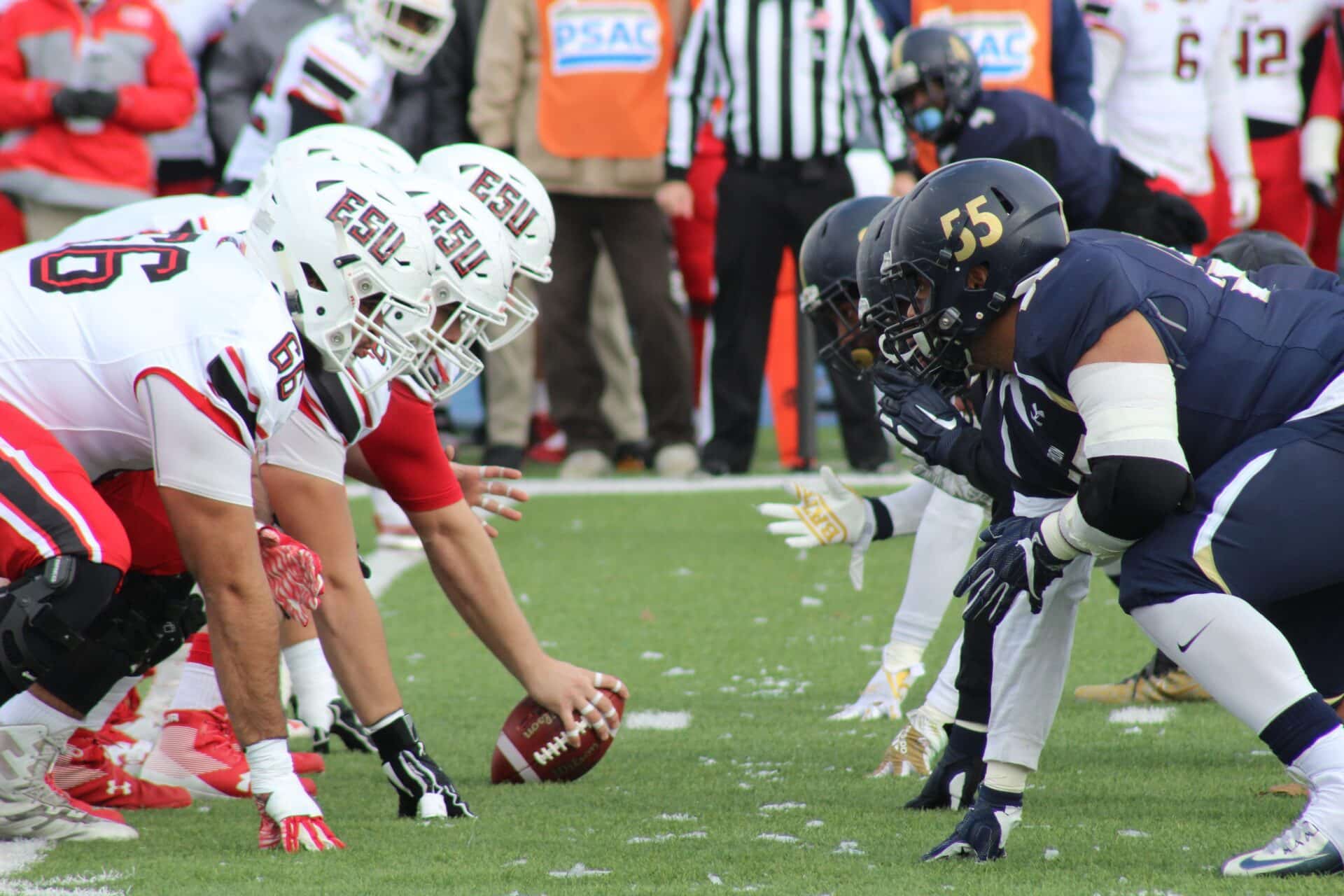The Importance of Sport Specific Maximal Oxygen Testing
Introduction. One of the most significantly limiting aspects of measuring maximal oxygen consumption (VO2max) testing is that, until very recently, it had to be […]

Introduction. One of the most significantly limiting aspects of measuring maximal oxygen consumption (VO2max) testing is that, until very recently, it had to be measured in a lab in very controlled conditions. While this is beneficial in the research environment, from a coaching perspective, getting the most applicable snapshot of an athlete’s fitness is challenging. This is especially challenging for measuring maximal oxygen consumption, efficiency, and threshold values for athletes whose measure of performance is not cycling or running. Indeed, metabolic testing in a lab environment benefits from the high level of control of power output or speed that is seen in cycle ergometers and/or treadmills. The differences in indoor cycling and treadmill running have been highlighted numerous times in the literature, resulting in correction factors for drag, and correlates of running outdoors. While these correction factors aim to help correct the measurement disparities, the face validity of these tests is still lacking.
The identification of differences in specific metabolic testing protocols. It has long been thought that maximal oxygen uptake is dependent on the amount of muscle that is being contracted. Even as early as the 1960’s researchers were exploring this idea. Researchers would measure VO2max during leg only exercise and compare it to VO2max measured by arm only exercise. Overall, researchers found that the more trained an athlete was (especially in sports where arm conditioning is required e.g., cross country skiing, rowing, and paddling sports) the higher their VO2max would be when combined arm and leg exercise was completed. Even shifting from cycling to running on a treadmill at a 3 percent grade led to VO2max values that were 5-11% higher. Another study, completed in 1977, compared a traditional uphill treadmill running max test to the VO2max achieved during the sport that the athlete was trained in (e.g., rowing, or cross country skiing) and a small but significant difference increase in VO2max values when the athlete completed a test in their specific sport. Again, highlighting the importance of testing VO2max in the context of the sport that the athlete will be competing in. It should be noted, that while VO2max is an excellent predictor of performance in groups of people whose endurance performance varies greatly, as these groups get more homogeneous VO2max losses its ability to predict performance. This doesn’t mean that VO2max is not a useful variable to measure though. And as I have written about in earlier posts, a well-constructed VO2max test can provide insights to VO2max, Threshold, and Efficiency values.
Sport Specific Testing with Portable VO2 Monitors. To get around the issues associated with traditional VO2max testing, the creation of portable, affordable oxygen sensors have been on the rise. Until recently, the form factor of these devices has led to a less than perfect solution. Most of the portable sensors require the athlete to wear a backpack style harness that holds the oxygen sensor, while also wearing a face mask. While a backpack is not too much of an issue when cycling, or rowing, these harnesses are cumbersome for sports like running, cross country skiing, or team-sports. The ideal portable metabolic system must be wireless, light-weight, and able to store and transmit data effectively while an athlete runs around a track, skis around a course, or rows down a river. VO2 Master aims to overcome these problems and allow athletes to test their cardiorespiratory fitness in the most applicable way possible. No matter which device is used, the rise of portable metabolic units will open coaches, researchers, and athletes, to deeper insights regarding the differences of lab based testing to field based, more realistic testing which will give more powerful metrics to help continue advance athletic performance for years to come.